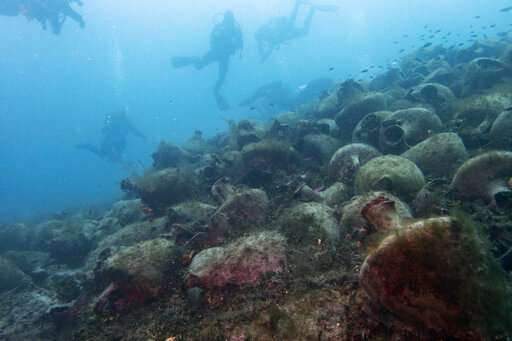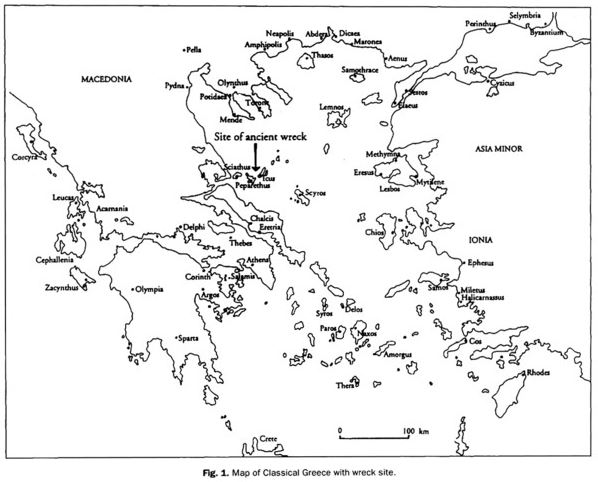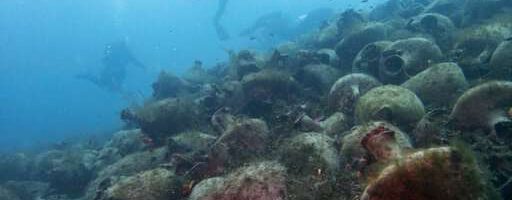The seabed around Greece is filled with a rich underwater heritage to explore. Unfortunately, this also attracts looters in the area who are looking to make a profit on the black market. To protect and preserve its underwater heritage, Greece banned all scuba diving around the country in 2005, with the exception of a few designated areas. In an effort to make this heritage available to everyone and to spread awareness in order to protect it, a new project is now looking to turn some special underwater cultural heritage sites into underwater museums. The ancient vessel known as a the Peristera wreck is first on the list.

Discovery
The Peristera wreck was originally discovered by a Greek fisherman, Dimitris Mavrikis, in 1985 near the island of Alonnesos which during the 5th Century BC was part of the Athenian Empire. The first archaeological investigation was implemented by Elpida Hadjidaki in 1991 with additional fieldwork taking place in 1992 and 93. A number of other shipwrecks have also been found in the surrounding area, indicating that this was an important maritime trade route during prehistoric Greece.

Wreck Site
The wreck is lying on a gentle slope at a depth between 22 to 33 m. It has been classified as a merchant cargo vessel due to its large number of amphorae found on site. Based on the orientation of the wreck, it is thought that the ship sunk while carrying a cargo of wine from Mende and Skopelos. Additionally, a wooden anchor was found nearby and is believed to belong to the ship.
The archaeological excavation of the top layers of amphorae revealed additional black glazed sherds and pots between the amphorae and ballast stones. Several well-preserved kylikes (a type of shallow drinking cup) with stamped rays and engraved stars were also found. The presence of the black glazed pots suggests that ship had at some point visited Athens.
So far, the wreck has only been partially excavated but the findings suggest that the ship sunk after a fire broke out on board. This has been based on the charcoal that was found on the wreck site during the original fieldwork conducted in the early 1990s. Whether the sinking was accidental or brought on by pirate activity is unlikely to ever be known. However, with a cargo of an estimated 4000 amphorae, it remains the largest shipwreck of its time to be found and continues to yield valuable information about the ancient Greek maritime trade.
Underwater Museum
The new project will enable divers to access selected shipwrecks through guided underwater tours, with additional information signs placed around the wreck site. For those who prefer to stay dry, there will also be an option to explore the shipwrecks through a virtual reality set-up in information centers. Viewing the shipwreck in situ allows visitors to explore the finds in their original context, a view that is often only accessible to archaeologists. The first guided test dives have already taken place, with additional test dives expected to be
Sources
This information for this article was sourced from a Phys.org article, published 9th April 2019 by Elena Becatoros.
https://www.persee.fr/doc/bch_0007-4217_1996_num_120_2_4619 [Accessed on: 9th April 2019].


